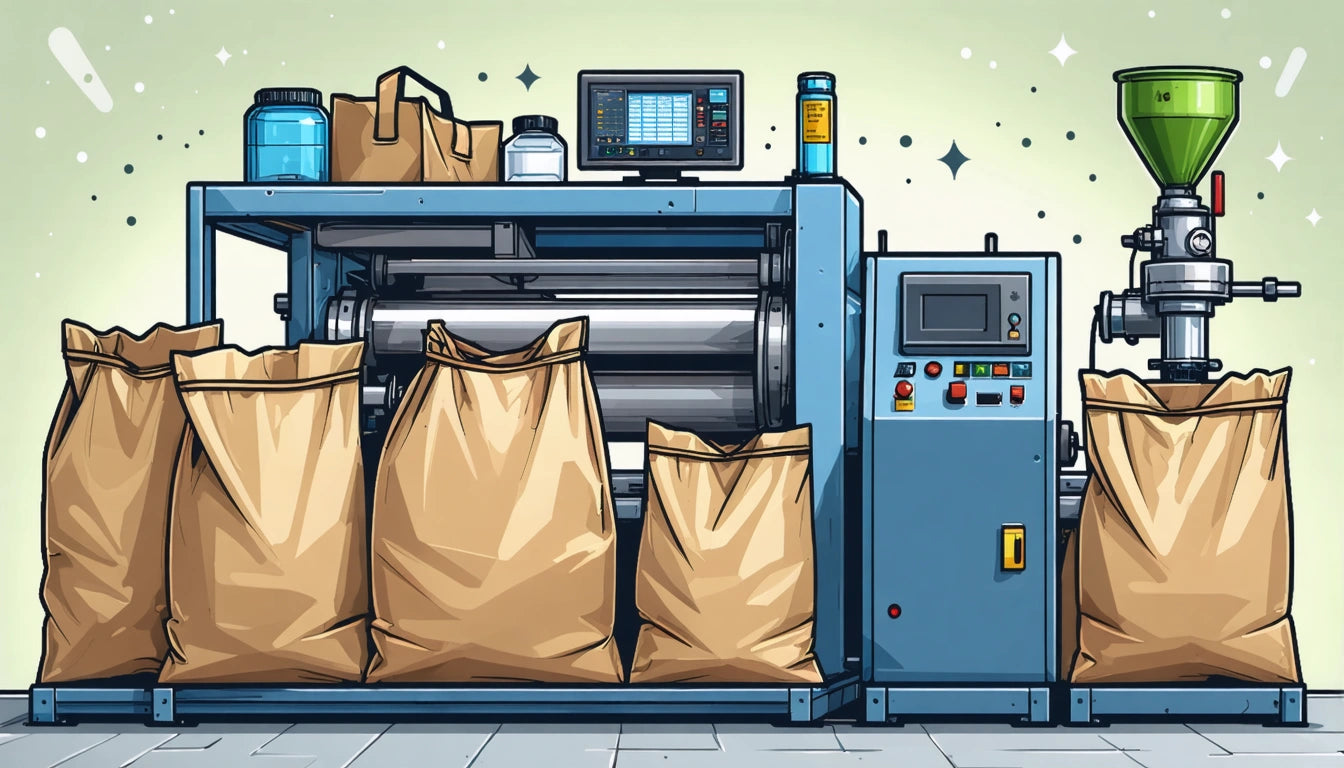Table of Contents
For cannabis businesses, understanding the intricacies of lead times and shipping for wholesale packaging is crucial to maintaining consistent operations. Effective management of these logistics ensures products reach shelves on time and prevents costly production delays. This guide explores the essential aspects of cannabis packaging procurement, from initial order to final delivery.
Understanding Lead Times in Cannabis Packaging
Lead times for cannabis packaging typically range from 2-12 weeks depending on several factors. Standard stock items may ship within days, while custom or specialized packaging requires significantly longer timeframes.
Factors Affecting Lead Times
Several elements influence how quickly your packaging order will be processed and delivered:
- Order volume and complexity
- Customization requirements
- Material availability
- Production capacity
- Geographic location of manufacturer
- Seasonal demand fluctuations
For specialized items like pre-roll packaging solutions with customized designs, lead times can extend even further due to additional printing, quality checks, and specialized manufacturing processes.
Shipping Logistics for Cannabis Packaging
Once production is complete, shipping logistics become the next critical consideration. The role of freight, warehousing, and fulfillment in cannabis packaging can significantly impact your timeline and bottom line.
Domestic vs. International Shipping
Shipping origin dramatically affects delivery timeframes and costs. Domestic manufacturers typically offer shorter transit times (3-7 days) but may have higher unit costs. International suppliers, particularly from Asia, often provide lower prices but with extended shipping times (30-45 days) and additional considerations:
- Ocean freight: Most economical but slowest (30-45 days)
- Air freight: Faster but significantly more expensive
- Customs clearance: Can add unpredictable delays
- Import duties and tariffs: Add to total landed cost
Planning Strategies to Avoid Supply Chain Disruptions
Proactive planning is essential to prevent packaging shortages. Implementing best practices for reordering can help maintain operational continuity.
Buffer Stock and Reorder Points
Establishing minimum inventory thresholds triggers reordering before stock depletion. A good rule of thumb is maintaining at least 30-45 days of packaging inventory beyond your typical lead time. This buffer accommodates unexpected delays or demand spikes.
Creating a packaging procurement SOP formalizes this process and ensures consistency across your organization.
Building Strong Supplier Relationships
Developing partnerships with reliable suppliers can significantly improve lead times and shipping experiences. Long-term supplier relationships often result in preferential treatment, better communication, and more flexible terms.
Service Level Agreements (SLAs)
Formal SLAs establish clear expectations regarding:
- Production timeframes
- Quality standards
- Communication protocols
- Rush order capabilities
- Problem resolution procedures
These agreements provide recourse if shipments are delayed or quality issues arise. They also create accountability and transparency throughout the supply chain.
Inventory Management Best Practices
Effective inventory management is crucial for navigating lead times and shipping challenges. Proper storage and tracking of packaging inventory prevents both overordering and stockouts.
Forecasting Needs Based on Sales
Accurate forecasting helps determine appropriate order quantities and timing. Sales-based forecasting should consider:
- Seasonal fluctuations
- Promotional events
- New product launches
- Market trends
- Historical data
Most cannabis businesses find that implementing inventory management software with automated reordering capabilities significantly reduces human error and improves efficiency.
Storage Considerations
Proper storage is essential for maintaining packaging quality during lead times between orders. Storage best practices include climate control, organization systems, and handling protocols to prevent damage.
Future-Proofing Your Packaging Supply Chain
As the cannabis industry evolves, packaging supply chains must adapt to changing regulations, consumer preferences, and business needs. Forward-thinking businesses are implementing several strategies to ensure resilience:
- Diversifying supplier relationships across multiple regions
- Exploring sustainable packaging alternatives with domestic production
- Developing contingency plans for supply chain disruptions
- Investing in technology for better forecasting and inventory management
- Considering multi-state coordination for larger operations
By understanding the complexities of lead times and shipping in wholesale cannabis packaging, businesses can develop robust systems that ensure consistent product availability while optimizing cash flow and storage requirements. The key is balancing sufficient inventory against carrying costs while maintaining the flexibility to respond to market changes and opportunities.











Leave a comment
All comments are moderated before being published.
This site is protected by hCaptcha and the hCaptcha Privacy Policy and Terms of Service apply.